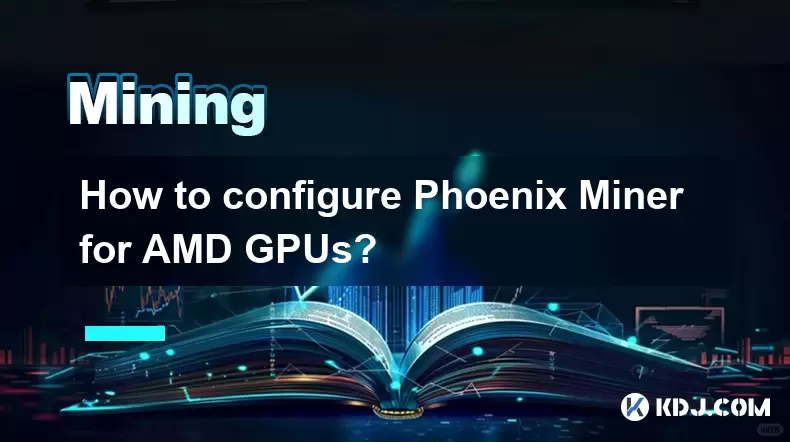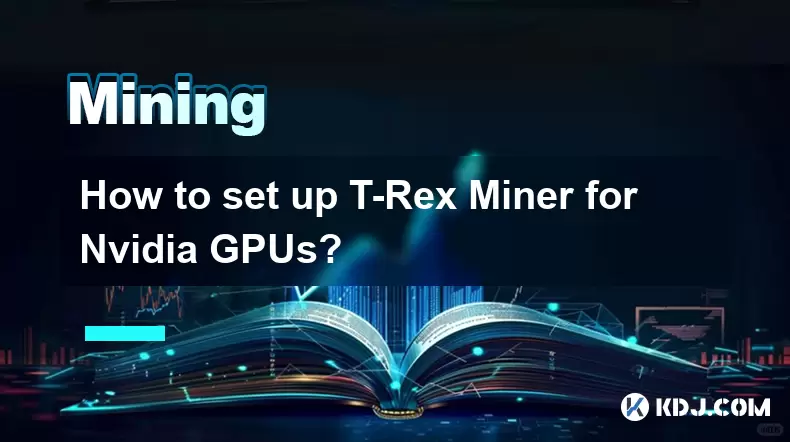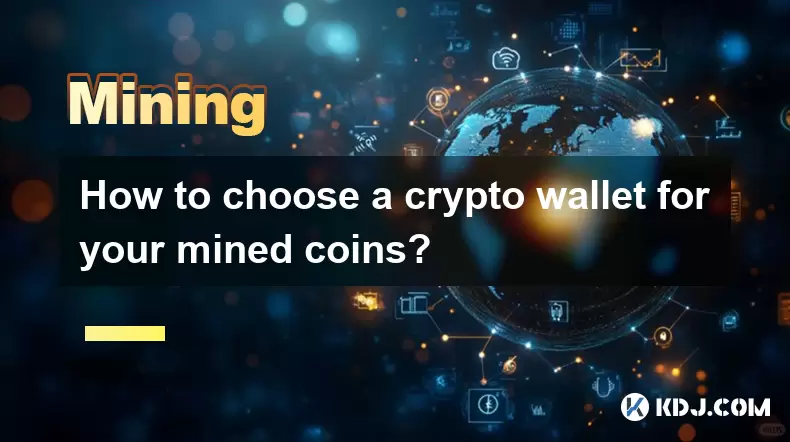-
 Bitcoin
Bitcoin $117600
0.25% -
 Ethereum
Ethereum $4424
0.10% -
 XRP
XRP $3.101
0.50% -
 Tether USDt
Tether USDt $1.001
-0.01% -
 BNB
BNB $836.2
1.26% -
 Solana
Solana $188.8
2.11% -
 USDC
USDC $1.000
0.01% -
 Dogecoin
Dogecoin $0.2301
0.57% -
 TRON
TRON $0.3485
-1.00% -
 Cardano
Cardano $0.9209
-1.34% -
 Hyperliquid
Hyperliquid $46.72
-1.19% -
 Chainlink
Chainlink $22.62
4.84% -
 Stellar
Stellar $0.4275
-0.38% -
 Sui
Sui $3.761
1.91% -
 Bitcoin Cash
Bitcoin Cash $586.7
-0.25% -
 Ethena USDe
Ethena USDe $1.001
0.01% -
 Hedera
Hedera $0.2510
2.06% -
 Avalanche
Avalanche $24.21
2.22% -
 Litecoin
Litecoin $119.7
1.07% -
 Toncoin
Toncoin $3.450
1.06% -
 UNUS SED LEO
UNUS SED LEO $9.411
-0.93% -
 Shiba Inu
Shiba Inu $0.00001298
1.20% -
 Uniswap
Uniswap $10.98
3.25% -
 Polkadot
Polkadot $3.961
2.16% -
 Dai
Dai $1.000
0.00% -
 Bitget Token
Bitget Token $4.642
0.95% -
 Cronos
Cronos $0.1514
0.57% -
 Ethena
Ethena $0.7290
3.78% -
 Monero
Monero $254.1
7.69% -
 Pepe
Pepe $0.00001102
2.47%
Latest Tutorial on Chia Coin Mining
Chia Coin's innovative Proof-of-Space consensus mechanism democratizes crypto mining by rewarding storage capacity rather than computational power, making it accessible to individuals with ample hard drive space.
Jan 12, 2025 at 10:19 am

Key Points
- Understanding Chia Coin and its Proof-of-Space Consensus Mechanism
- Hardware Requirements for Chia Mining
- Software Configuration for Chia Mining
- Pool Selection and Setup for Chia Mining
- Monitoring and Optimizing Chia Mining Performance
- Troubleshooting Common Chia Mining Issues
- Future Considerations for Chia Mining
Step 1: Understanding Chia Coin and its Proof-of-Space Consensus Mechanism
Chia Coin (XCH) was introduced in 2017 as a new cryptocurrency using the Proof-of-Space (PoS) consensus algorithm. Unlike Proof-of-Work (PoW) coins that require significant computational power, PoS relies on maintaining hard drive space to validate transactions. This makes Chia mining more accessible to individuals with ample storage capacity.
- PoS rewards miners for providing storage space to support the Chia blockchain network.
- Miners receive rewards in XCH tokens for participating in the validation process.
- As storage capacity increases, the probability of obtaining rewards also increases.
Step 2: Hardware Requirements for Chia Mining
Chia mining primarily requires ample hard drive space. However, other hardware components play a role in optimizing performance:
- Hard Disk Drives (HDDs): High-capacity HDDs with fast read/write speeds are crucial. Consider using enterprise-grade HDDs or solid-state drives (SSDs) for enhanced performance.
- RAM: As the number of plots (storage segments) increases, sufficient RAM is necessary to handle the data processing. Aim for at least 16GB of RAM.
- CPU/GPU: While PoS does not require extensive computational power, a decent CPU and GPU will improve plot creation and validation times.
- Cooling: Heat dissipation is important to prevent thermal damage to hardware. Ensure proper airflow and consider using cooled enclosures for HDDs.
Step 3: Software Configuration for Chia Mining
To mine Chia, you will need specialized software:
- Chia GUI: The official graphical user interface (GUI) for managing plots, monitoring the mining process, and claiming rewards.
- Chia Command Line Interface (CLI): An alternative to the GUI for advanced users who prefer command-line operations.
- MADMAX Plotter: A software tool for creating plots (storing data on HDDs) for Chia mining.
Step 4: Pool Selection and Setup for Chia Mining
Mining pools combine the resources of multiple miners to increase the chances of winning rewards. Joining a pool involves:
- Choosing a reputable and reliable pool.
- Creating an account and joining the pool.
- Configuring your Chia GUI or CLI to connect to the pool.
Step 5: Monitoring and Optimizing Chia Mining Performance
Once mining is underway, it is crucial to monitor its progress and optimize performance:
- Use the Chia GUI or CLI to track key metrics such as plot creation rates, validation times, and reward earnings.
- Experiment with different plot sizes and optimization settings to improve efficiency.
- Join a Chia mining community or forum to connect with other miners and access support.
Step 6: Troubleshooting Common Chia Mining Issues
Common issues in Chia mining include:
- Low plot creation speed: May indicate insufficient RAM, slow HDDs, or inefficient plotter settings.
- Delayed validation times: Could be caused by hardware limitations, network connectivity issues, or incorrect pool configuration.
- Missing rewards: Check pool connection, validate plots, and verify payment settings within the pool.
Step 7: Future Considerations for Chia Mining
The Chia mining space is constantly evolving. Future considerations include:
- Technological advancements: Enhancements in storage technology, such as SSDs, could impact mining efficiency.
- Competition: Increased participation in Chia mining may lead to reduced profits. Exploring alternative cryptocurrencies with PoS consensus is a consideration.
- Environmental impact: The energy consumption associated with Chia mining is a concern. Consider using renewable energy sources or adopting more efficient mining practices.
FAQs
- Is Chia mining profitable? Profitability depends on factors such as storage capacity, hardware costs, electricity prices, and the market value of XCH.
- How much storage space do I need for Chia mining? Aim for at least several terabytes of hard drive space; higher capacity increases your chances of earning rewards.
- Is it worth mining Chia solo or joining a pool? Pools offer a more consistent income stream but reduce individual earnings. Solo mining is riskier but potentially more lucrative.
- What is the lifespan of a Chia plot? Plots have an indefinite lifespan and can be reused for mining until no longer valid due to blockchain upgrades or hardware limitations.
- How can I optimize Chia mining performance? Consider using fast HDDs with large cache sizes, configuring optimal plot sizes, and joining a reputable pool for the best results.
Disclaimer:info@kdj.com
The information provided is not trading advice. kdj.com does not assume any responsibility for any investments made based on the information provided in this article. Cryptocurrencies are highly volatile and it is highly recommended that you invest with caution after thorough research!
If you believe that the content used on this website infringes your copyright, please contact us immediately (info@kdj.com) and we will delete it promptly.
- Kazakhstan's Crypto Leap: Bitcoin ETF and Central Asia's Digital Finance Future
- 2025-08-13 12:45:19
- BlockDAG Presale Blazes Past $371M: Fundraising Frenzy Fuels Crypto Sensation
- 2025-08-13 13:05:21
- Meme Coins: Chasing the 2025 Surge – Which Will Moonshot?
- 2025-08-13 10:25:23
- Bitcoin's Wild Ride: Rally, Pullback, and What's Next
- 2025-08-13 10:25:23
- Bitcoin, Bitmax, and Institutional Demand: A New Era of Crypto Investment
- 2025-08-13 10:45:12
- Solana, ROAM, and Airdrops: What's the Buzz in 2025?
- 2025-08-13 11:35:13
Related knowledge

How to configure Phoenix Miner for AMD GPUs?
Aug 11,2025 at 03:21am
Understanding Phoenix Miner and Its Compatibility with AMD GPUsPhoenix Miner is a lightweight, high-performance Ethereum mining software designed for ...

How to set up T-Rex Miner for Nvidia GPUs?
Aug 10,2025 at 12:07am
Understanding T-Rex Miner and Its Compatibility with Nvidia GPUsT-Rex Miner is a high-performance mining software designed specifically for Nvidia GPU...

What is "proof-of-work" and how does it relate to mining?
Aug 07,2025 at 02:03pm
Understanding the Concept of Proof-of-WorkProof-of-work (PoW) is a consensus mechanism used in blockchain networks to validate transactions and secure...

How to choose a crypto wallet for your mined coins?
Aug 13,2025 at 11:36am
Understanding the Types of Crypto Wallets for Mined CoinsWhen selecting a crypto wallet for your mined coins, the first step is to understand the diff...

What are the differences between mining on Windows vs. Linux?
Aug 06,2025 at 11:29pm
Overview of Cryptocurrency Mining PlatformsCryptocurrency mining involves using computational power to solve complex cryptographic puzzles and validat...

How to use an old computer for cryptocurrency mining?
Aug 07,2025 at 12:42pm
Understanding the Feasibility of Using an Old Computer for MiningUsing an old computer for cryptocurrency mining may seem outdated, but it is still te...

How to configure Phoenix Miner for AMD GPUs?
Aug 11,2025 at 03:21am
Understanding Phoenix Miner and Its Compatibility with AMD GPUsPhoenix Miner is a lightweight, high-performance Ethereum mining software designed for ...

How to set up T-Rex Miner for Nvidia GPUs?
Aug 10,2025 at 12:07am
Understanding T-Rex Miner and Its Compatibility with Nvidia GPUsT-Rex Miner is a high-performance mining software designed specifically for Nvidia GPU...

What is "proof-of-work" and how does it relate to mining?
Aug 07,2025 at 02:03pm
Understanding the Concept of Proof-of-WorkProof-of-work (PoW) is a consensus mechanism used in blockchain networks to validate transactions and secure...

How to choose a crypto wallet for your mined coins?
Aug 13,2025 at 11:36am
Understanding the Types of Crypto Wallets for Mined CoinsWhen selecting a crypto wallet for your mined coins, the first step is to understand the diff...

What are the differences between mining on Windows vs. Linux?
Aug 06,2025 at 11:29pm
Overview of Cryptocurrency Mining PlatformsCryptocurrency mining involves using computational power to solve complex cryptographic puzzles and validat...

How to use an old computer for cryptocurrency mining?
Aug 07,2025 at 12:42pm
Understanding the Feasibility of Using an Old Computer for MiningUsing an old computer for cryptocurrency mining may seem outdated, but it is still te...
See all articles

























































































